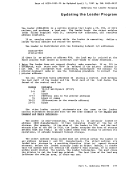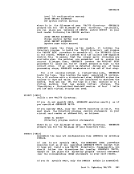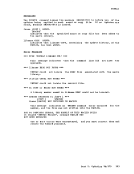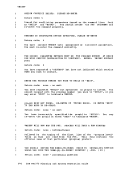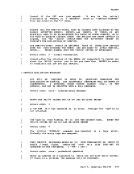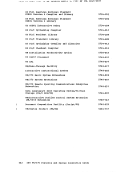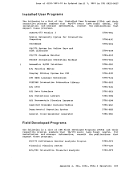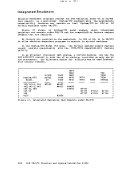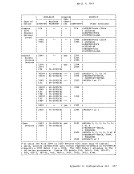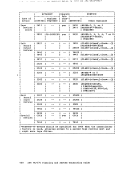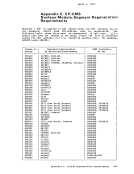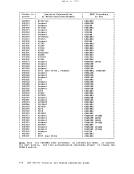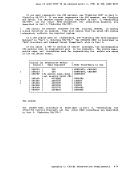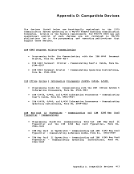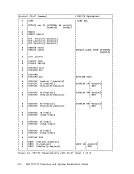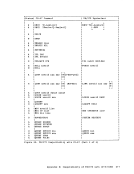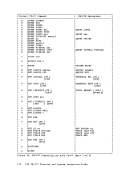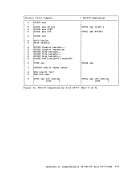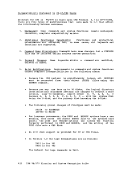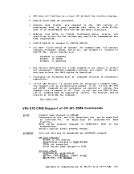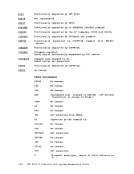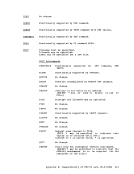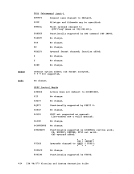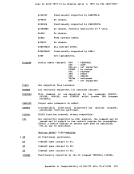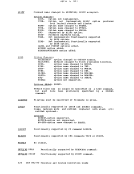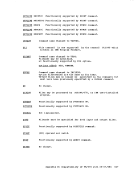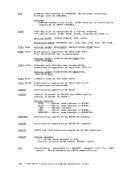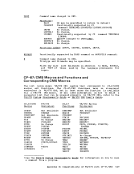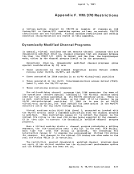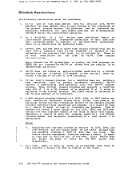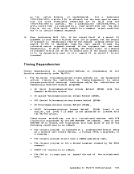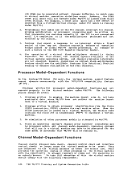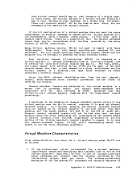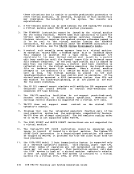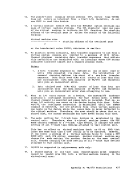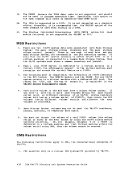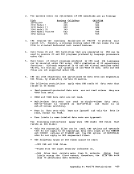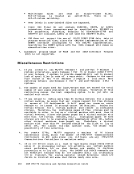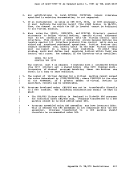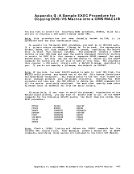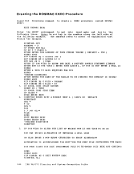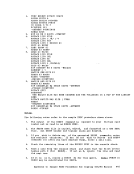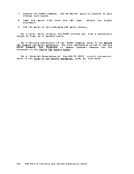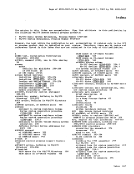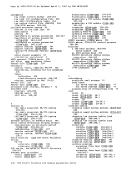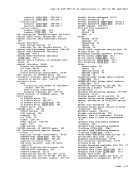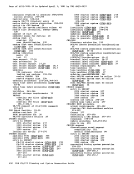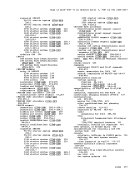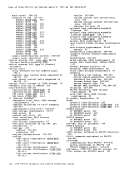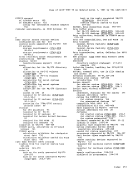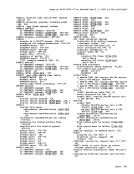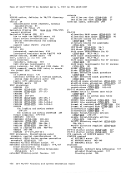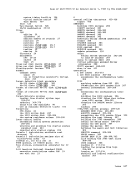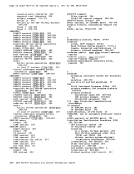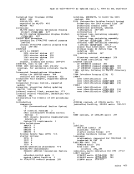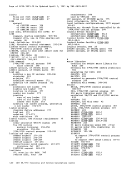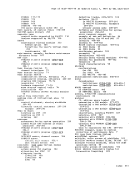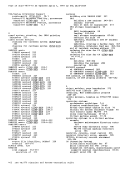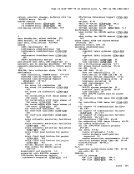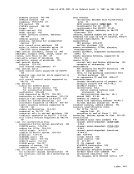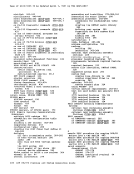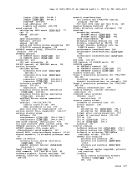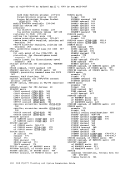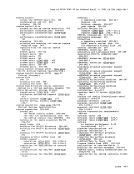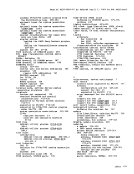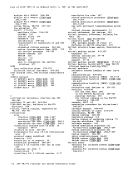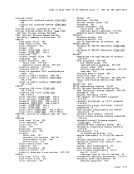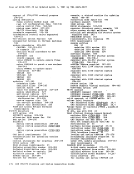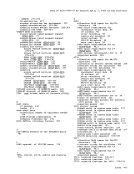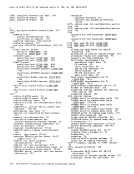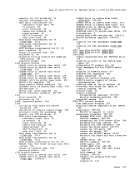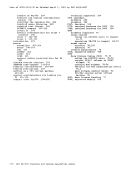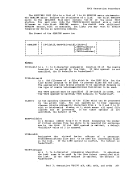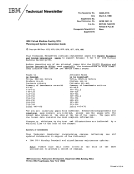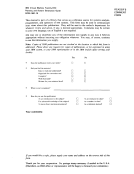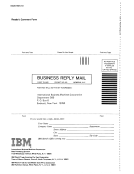starter Systems
If there are any updates to theEREP package on the PUT, an updated
ERPTFLIBTXTLIB is loaded onto the CMS system disk. The CPEREP EXEC supplied with the system contains a statement: GLOBAL TXTLIB ERPTFLIB EREPLIB which ensures that the ERPTFLIB is searched first and the most current
level of each individualEREP module is used. Step 24. Save eMS If you used the sample DMKSNT and DMKSYS files supplied with the starter
system; and the sample allocations shown inStep 2, you can now save
yourCMS system.
To save theCMS system, load it and then save it as soon after
loading as is possible. If you havemachine as 2M before, issue the command:
define storage2M Then IPL CMS: ipl 190 parm seg=null
and press the carriage return to complete theIPL. GENERATING THE CMSSEG SEGMENT If you have defined a CMSSEG discontiguous saved segment in your DMKSNT (or used the DMKSNT supplied with the starter system), access
your system disk as an extension and create one at this time by issuing:
access 190B/A cmsxgen 100000 where 100000 is the hexadecimal load address of the CMSSEG segment; this
location must correspond to theCMSSEG page number in your DMKSNT entries. Figure 31 shows where the CMS segment will be loaded.
The segment name defaults toCMSSEG, but you can load an alternate by
specifying the alternate's name (for example, cmsxgen100000 cmsseg1).
There must be an entry in the system name table for the alternate.CMSXGEN checks that the address specified is greater than or equal to X'20000' and less than 16M. It also checks that only valid characters
are specified. If an error is detected, the messageDMSCMS095E INVALID ADDRESS 'address'
is issued and command execution is terminated.
Next,CMSXGEN checks that a read/write A-disk is accessed. If an A-disk is not available it issues the following error messaqe and
command execution is terminated.DMSCMS064E NO READ/WRITE A-DISK ACCESSED 258 IBM VM/370 Planning and System Generation Guide
If there are any updates to the
ERPTFLIB
level of each individual
system; and the sample allocations shown in
your
To save the
loading as is possible. If you have
define storage
and press the carriage return to complete the
your system disk as an extension and create one at this time by issuing:
access 190
location must correspond to the
The segment name defaults to
specifying the alternate's name (for example, cmsxgen
There must be an entry in the system name table for the alternate.
are specified. If an error is detected, the message
is issued and command execution is terminated.
Next,
command execution is terminated.





















































































































































































































































































































































































































